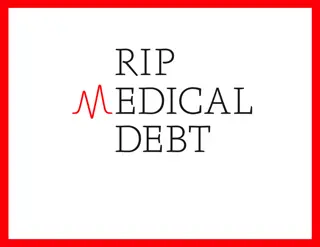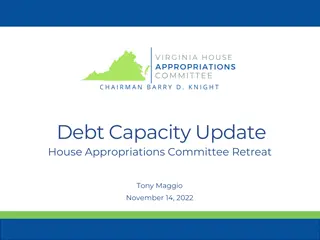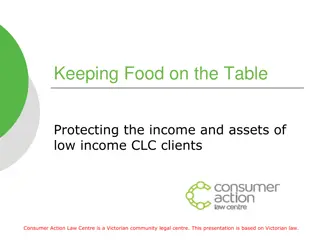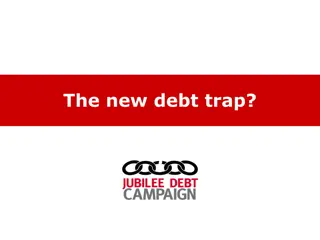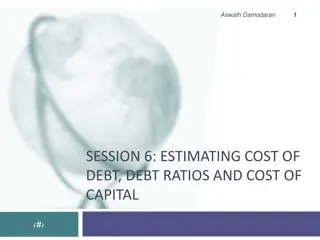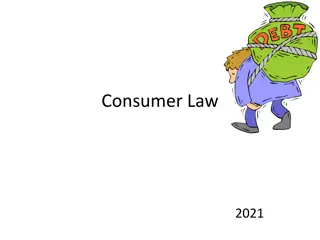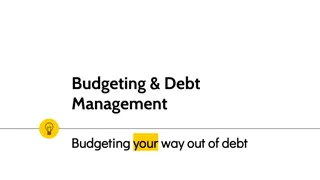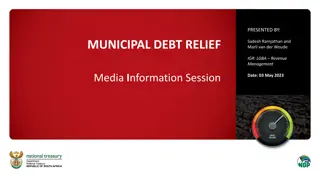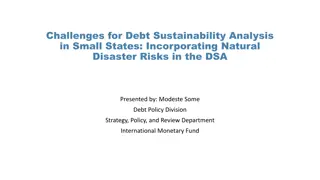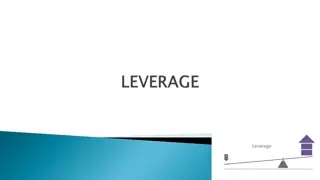Understanding Government Borrowing and National Debt
Explore the reasons why governments borrow money, such as meeting temporary shortfalls, funding public services, and managing economic fluctuations. Learn about the history and key indicators of national debt, including government deficit measures. Gain insights into the economic significance of managing public finances effectively.
Download Presentation

Please find below an Image/Link to download the presentation.
The content on the website is provided AS IS for your information and personal use only. It may not be sold, licensed, or shared on other websites without obtaining consent from the author. Download presentation by click this link. If you encounter any issues during the download, it is possible that the publisher has removed the file from their server.
E N D
Presentation Transcript
CISI Financial Products, Markets & Services Topic The economic environment (2.1.7) Economic Data Budget Deficits, National Debt and Levels of Unemployment cisi.org
Government Borrowing Why does the government need to borrow money? From the Circular Flow of Income, we know that the government receives money through taxation but also has to spend money on various public goods and services. In your groups, create a mind-map to display the different reasons why you think the government has to borrow money. The video clip you just watched provides some of the answers. Reasons for government borrowing cisi.org
Government Borrowing Why does the government need to borrow money? Meets a temporary shortfall and gives flexibility Benefits such as jobseekers allowance can be paid and inequality reduced Government spending is stretched and borrowing is necessary Tax revenues may not be as high as predicted Reasons for government borrowing Recession (Tax revenues fall) War Cheap Political Pressure Borrow at lower rates of interest due to confidence. Growth and inflation also reduces the value of the debt Investment in public services and infrastructure Lower taxes and higher public spending is more popular than higher taxes and lower public spending cisi.org Boosts growth and capacity
National Debt a brief history One of the key functions of government is to manage the public finances and therefore public sector debt , also known as national debt is a key economic indicator. Overspending and financial crisis/recession National debt in 2016 around 1,500bn The state would incur budget deficits as a result of war funded purely by taxes The start of World War I National debt now at 650m Emergence of banking and financial markets - money could be raised by creating debt issue of bills and bonds the start of national debt! 1970s and 80s saw high inflation National debt now at 197.4bn 21st 1815 1988 Early 1700s 1700 - the national debt was 12m Pre 1694 1694 1914 1946 1919 Century Post World War II National debt now at 24.7bn The Bank of England was established as a result of war with France first public debt issued in England The end of World War I National debt now at 7.4bn End of the Napoleonic Wars National debt now 850m cisi.org
National Debt Economic Indicators There are a number of measures used to report on national debt but there are two main types: Government Debt Quoted as Public Sector Net Debt Government Deficit Quoted as Public Sector Net Cash Requirement (PSNCR) cisi.org
Government Deficit Quoted as Public Sector Net Cash Requirement (PSNCR) Formerly known as Public Sector Borrowing Requirement (PSBR) How is it calculated? - Mainly generated through taxes (personal and corporate) Central government + local government + public corporations What does PSNCR actually tell us? The difference between government expenditure and income. It shows how much the government needs to borrow on an annual basis through the issue of government debt (bonds). cisi.org
Government Deficit How has the level of PSNCR changed over the last ten years? Credit crunch and resulting recession In tough economic times, government spending exceeds income (More paid in benefits and lower taxes received). This is known as a Fiscal Deficit (usually expressed as a % of GDP) In a buoyant economy, government spending is normally less than income raised through taxation (higher levels of employment and productivity) cisi.org
Government Debt Quoted as Public Sector Net Debt How is it calculated? ADD UP ALL OF THE GOVERNMENT DEFICITS AND SURPLUSES OVER TIME What does Public Sector Net Debt actually tell us? The total amount the government actually owes How has the level of Public Sector Net Debt changed over the last ten years? A succession of fiscal deficits since 2003 have pushed up accumulated debt to its highest level since the 1960s (when the UK was still paying off the cost of World War II) Public Sector Net Debt as a proportion of GDP was forecast to peak at 78.0% in 2014-15 cisi.org
Level of unemployment A key economic indicator is the rise or fall in the number of people seeking work but are unable to do so. There will always be some unemployment in an economy: Structural - where industries are in structural decline through lack of competitiveness. Mining is a good example of this, huge job losses occurred in the late 80 s. Frictional caused by time lag between one job and the next. Seasonal found in sectors such as agriculture and tourism. Cyclical due to downturn in the business cycle cisi.org
Level of unemployment High levels of unemployment often mirror particular phases of the business cycle: A long period of falling and then low unemployment from 1992 (Recession peak) until 2008 Steep increase in unemployment following Credit Crunch and global recession but not as bad as many feared As economic recovery in the UK has taken hold, unemployment has fallen. It fell by 132,000 between April and June 2014 to 2.08 million, a rate of 6.4% High or increasing unemployment has a negative impact on government finances social security payments increase at the same time as a decrease in the amount of tax collected cisi.org








